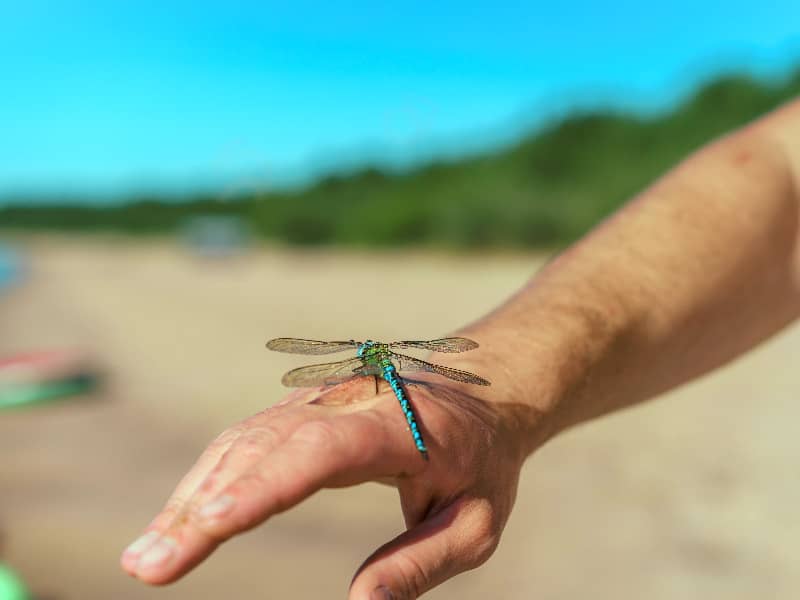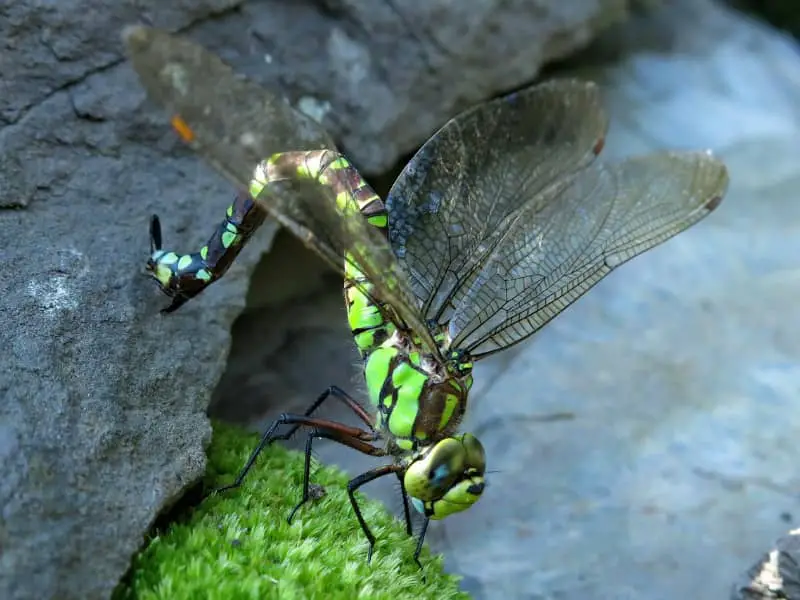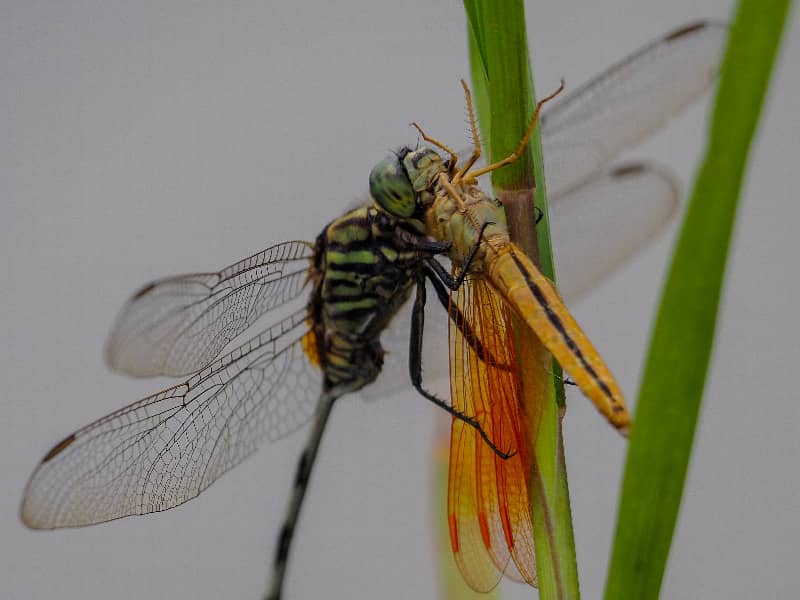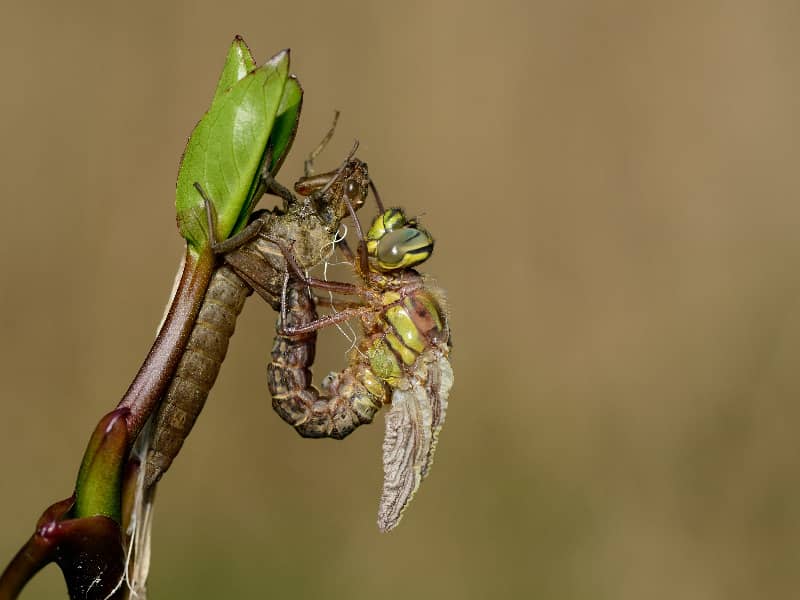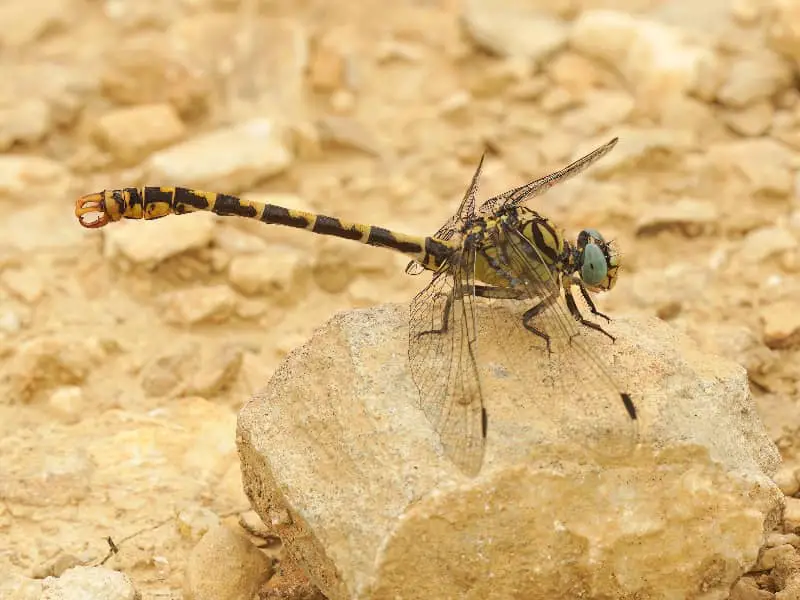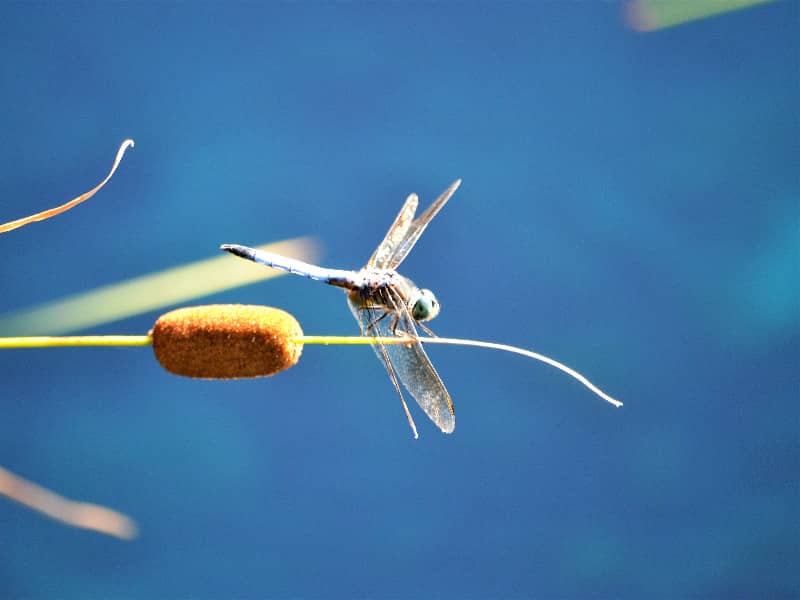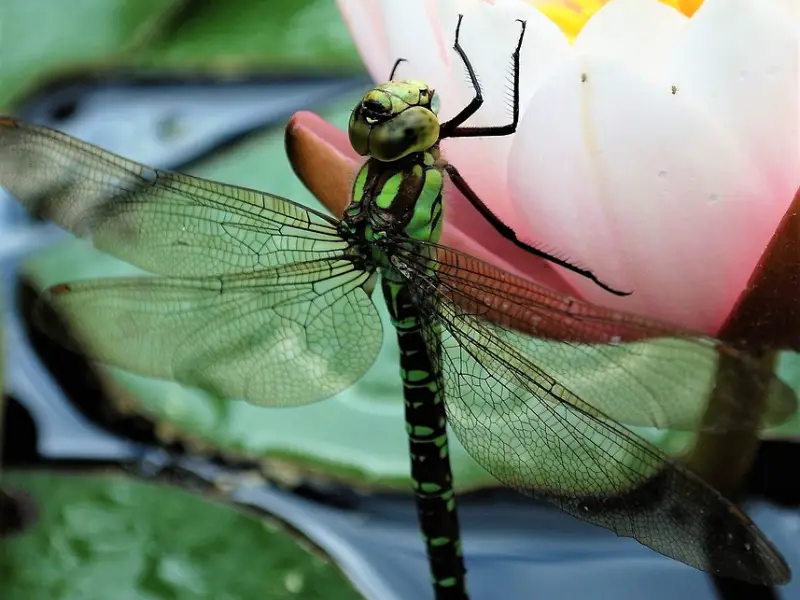
Green dragonflies, what are the species?
Dragonflies are fascinating insects that come in a variety of colors and shapes. A particularly eye-catching and popular species are the green dragonflies, which are often admired for their bright color and elegant flight. In this article we will take a closer look at the different species of green dragonflies and learn more about their characteristics, behavior and habitat.
- Green dragonflies, what are the species?
- Characteristics and appearance of green dragonflies
- Different species of green dragonflies (pond damselflies)
- Different types of green dragonflies (large dragonflies)
- Habitat and distribution of green dragonflies
- Life cycle and behavior of green dragonflies
- Conservation measures for green dragonflies
- How to attract green dragonflies in your own garden
- Conclusion
- FAQ
Characteristics and appearance of green dragonflies
Green dragonflies are characterized by their bright green color, often with iridescent metallic tones. Their slender bodies and transparent wings give them an elegant and graceful appearance. Males often have more intense coloration than females and are marked with conspicuous patterns and markings. Body size varies by species, but on average green dragonflies are about 3 to 5 inches long.
Different species of green dragonflies (pond damselflies)
There are several species of green dragonflies, also known as pond damselflies. One of the best known species is the common cup dragonfly (Enallagma cyathigerum), which is common throughout Europe. It is characterized by its bright green coloration and striking black markings on the abdomen. The Common Cupwing is often found near stagnant water bodies such as ponds and lakes.
Another species of green dragonflies is the Early Adonis dragonfly (Pyrrhosoma nymphula), which is characterized by its green wings and red body. This species is widespread in Europe and prefers swampy and wet habitats. The Early Damselfly is especially active in spring and early summer and can be observed near water bodies such as rivers and marshes.
Different types of green dragonflies (large dragonflies)
Besides the pond damselflies, there are also several species of green damselflies. One of them is the green mosaic dragonfly (Aeshna viridis), which is conspicuous by its bright green coloration and transparent wings. This species is common in Europe and Asia and prefers swampy and wooded habitats. The green mosaic dragonfly is one of the largest dragonfly species and can reach a wingspan of up to 10 centimeters.
Another species of green damselfly is the shiny emerald damselfly (Cordulia aenea), which is characterized by its metallic green color and iridescent wings. This species is common throughout Europe and inhabits mainly waters with abundant vegetation. The Shining Emerald Dragonfly is known for its fast flight maneuvers and its ability to fly backwards.
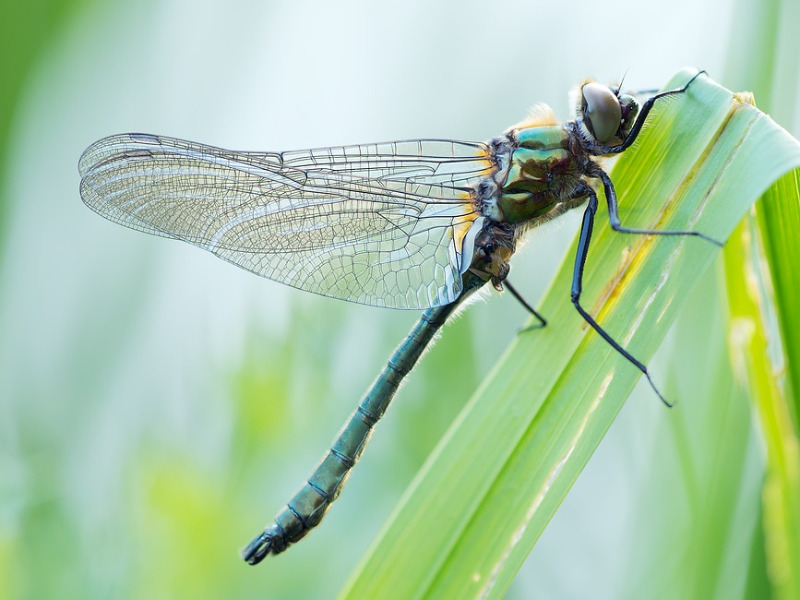
Habitat and distribution of green dragonflies
Green dragonflies are found in a variety of habitats, including ponds, lakes, rivers, swamps and forests. They prefer waters with abundant vegetation, as they can find food and shelter there. Most species are distributed in Europe, but some can be found in other parts of the world, such as North America and Asia. The exact distribution varies depending on the species and their specific habitat requirements.
Life cycle and behavior of green dragonflies
Green dragonflies undergo a complete metamorphosis process consisting of eggs, larvae, pupae and adult dragonflies. Eggs are usually laid in water, where the larvae hatch and develop. The larvae live in the water and feed on small insects and other aquatic organisms. After some time they climb out of the water and pupate before finally hatching as adult dragonflies.
Adult green dragonflies are agile flyers and can travel great distances. They feed on small insects that they catch during flight. Male dragonflies are often territorial and defend their territory from other males. For mating, they fly together with females over bodies of water, where egg-laying takes place.
Conservation measures for green dragonflies
Although green dragonflies are widespread, some species are threatened due to habitat loss and pollution. To promote the conservation of these fascinating insects, it is important to protect and preserve their habitats. This can be achieved by protecting water bodies, reducing the use of pesticides, and preserving natural habitats. In addition, targeted breeding programs and research projects are also carried out to increase knowledge about green dragonflies and strengthen their populations.
How to attract green dragonflies in your own garden
If you are lucky enough to have a garden, you can take specific steps to attract green dragonflies. One way is to create bodies of water, such as a pond or small watering hole. These provide dragonflies with a place to breed and forage. Also, plant a variety of aquatic plants and other plants rich in nectar to provide a food source for dragonflies. Avoid the use of pesticides as they can be harmful to dragonflies and other insects.
Conclusion
Green dragonflies are fascinating insects that impress with their bright green color and elegant flight. There are several species of green dragonflies, including pond damselflies and damselflies. They occur in a variety of habitats, but prefer water bodies with abundant vegetation. Preserving these fascinating insects is important because some species are endangered. By protecting and preserving their habitats, we can help boost their populations. If you are lucky enough to have a garden, you can also take steps to attract green dragonflies and make your garden a habitat for these fascinating insects.
FAQ
1. are green dragonflies poisonous? No, green dragonflies are harmless to humans and are not poisonous. They feed on small insects and are harmless to humans.
2. can green dragonflies swim? Yes, green dragonflies can swim. The larvae live in the water and the adult dragonflies can land on the water surface to rest.
3. how long do green dragonflies live? The lifespan of green dragonflies varies depending on the species. However, they generally live only a few weeks to months as adult dragonflies.
4. are green dragonflies endangered? Some species of green dragonflies are endangered due to habitat loss and pollution. It is important to protect and preserve their habitats to strengthen their populations.
5. how fast do green dragonflies fly? Green dragonflies can reach speeds of up to 50 kilometers per hour, depending on the species. They are agile flyers and can cover great distances.
6. what do green dragonflies eat? Adult green dragonflies feed on small insects such as flies, mosquitoes, and other small prey that they catch in flight. The larvae feed on small aquatic organisms.
Author
Last posts
- 15. March 2024ChickensRobuster Kunststoffzaun für Hühner – Tipps
- 13 October 2023DragonfliesBlue feather damselfly
- 12 October 2023DragonfliesYellow dragonfly - What are the species?
- 12 October 2023DragonfliesEarly Adonis Damselfly

